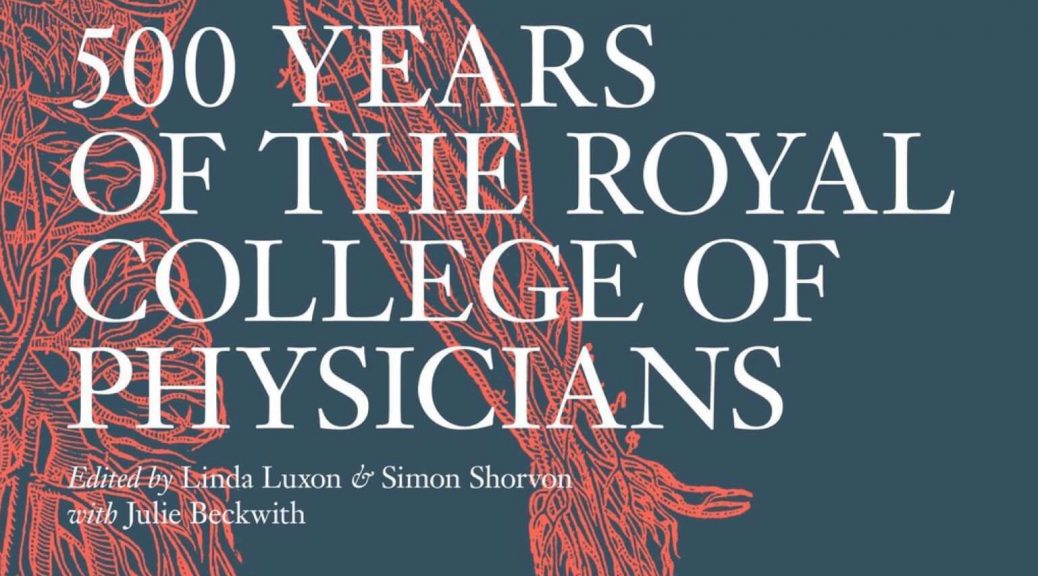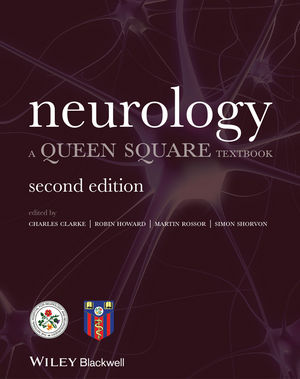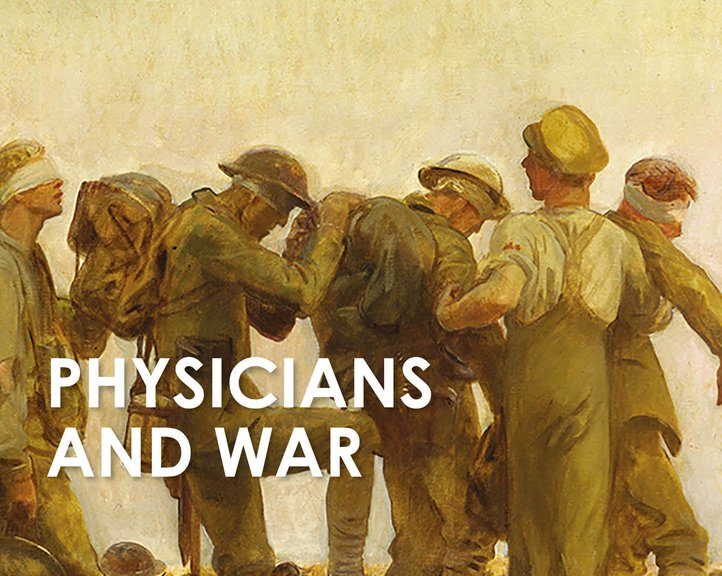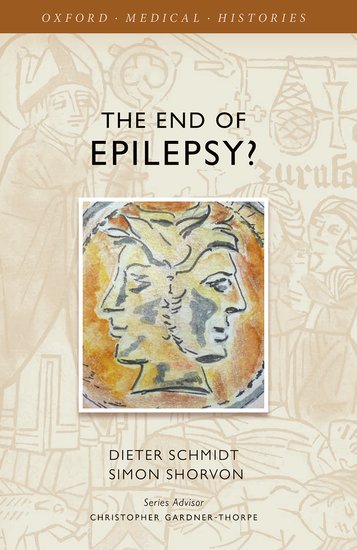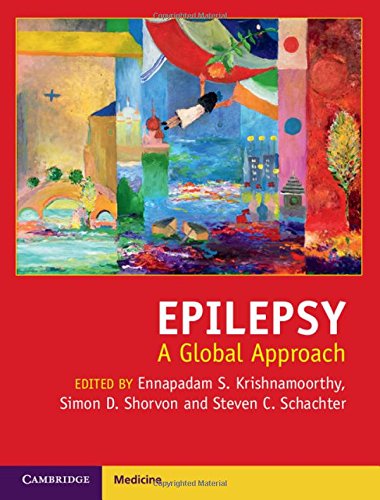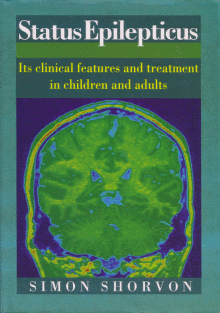
The Idea of Epilepsy: a medical and social history of the modern era of epilepsy (1860-2020)
Simon Shorvon
Cambridge University Press
Pages: 760, i-x
ISBN 9781108842617 (Hardback)
Epilepsy has a fascinating history. To the medical historian Oswei Temkin it was ‘the paradigm of the suffering of both body and soul in disease’. It is justifiably considered a window on brain function. And yet its story is more than simply a medical narrative, but one influenced also by scientific, societal and personal themes. Written for a medical and non-medical readership, this book describes the major developments in epilepsy between 1860–2020, a turbulent era in which science dominated as an explanatory model, medical theories and practices steered an erratic course, and when societal attitudes and approaches to epilepsy fluctuated dramatically. In the middle of this maelstrom was the person with epilepsy at the mercy of social attitudes and legislation, and at times harmed as well as helped by medicine and science. So entangled is the history that intriguingly, as an entity, epilepsy may now be thought not even to exist.
- The definitive text on the history of epilepsy in the twentieth century
- Tackles the subject on a broad front – incorporating not only the medical features of epilepsy, but also the important scientific, societal and personal aspects
- Details the key episodes and paradigm shifts in the history of epilepsy to clearly show the direction of travel of epilepsy
- Covers those elements in history which have endured and those which have not, critically examining the theories and practices from the vantage point of the present day
Table of Contents
Preface
Part I. The Voyage of the Good Ship Epilepsy:
Introduction
Prologue: a note on the concept of epilepsy
Part II. ‘A Plague Upon Your Epileptic Visage’:
1. 1860–1914 the birth of modern epilepsy
2. 1914–1945 epilepsy in the age of catastrophe
3. 1945–1970 epilepsy and the new world order
4. 1970–1995 epilepsy in a globalised world
5. 1995–2020 the epilepsy floods are too recent
Part 3. Epilepsy – the paradigm of the suffering of both body and soul in disease:
Epilogue – The separation of the wheat from the chaff
Appendix 1. ‘The epilepsy balance sheet’
Appendix 2. Obsolete or failed theories and treatments
Appendix 3. The international league against epilepsy
Glossary of scientific and medical terms in the field of epilepsy
Index of names
Bibliography.



